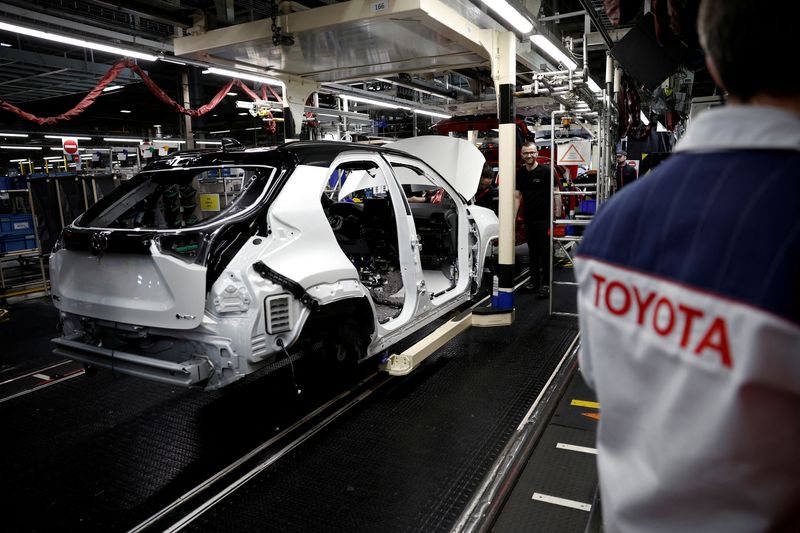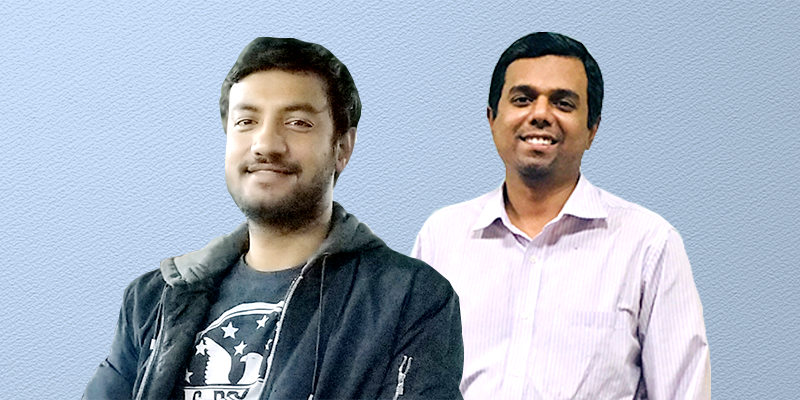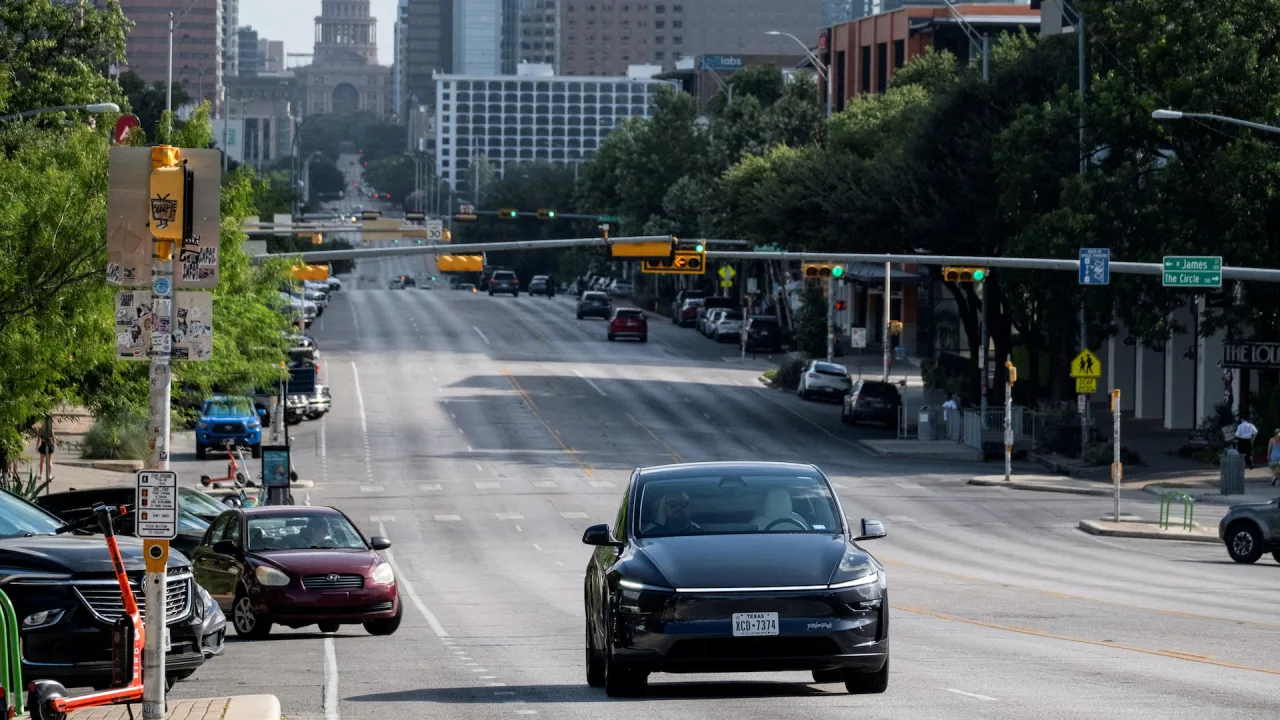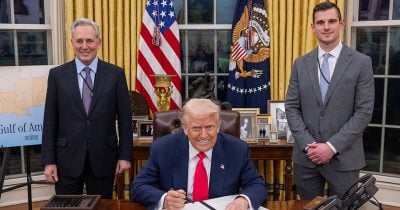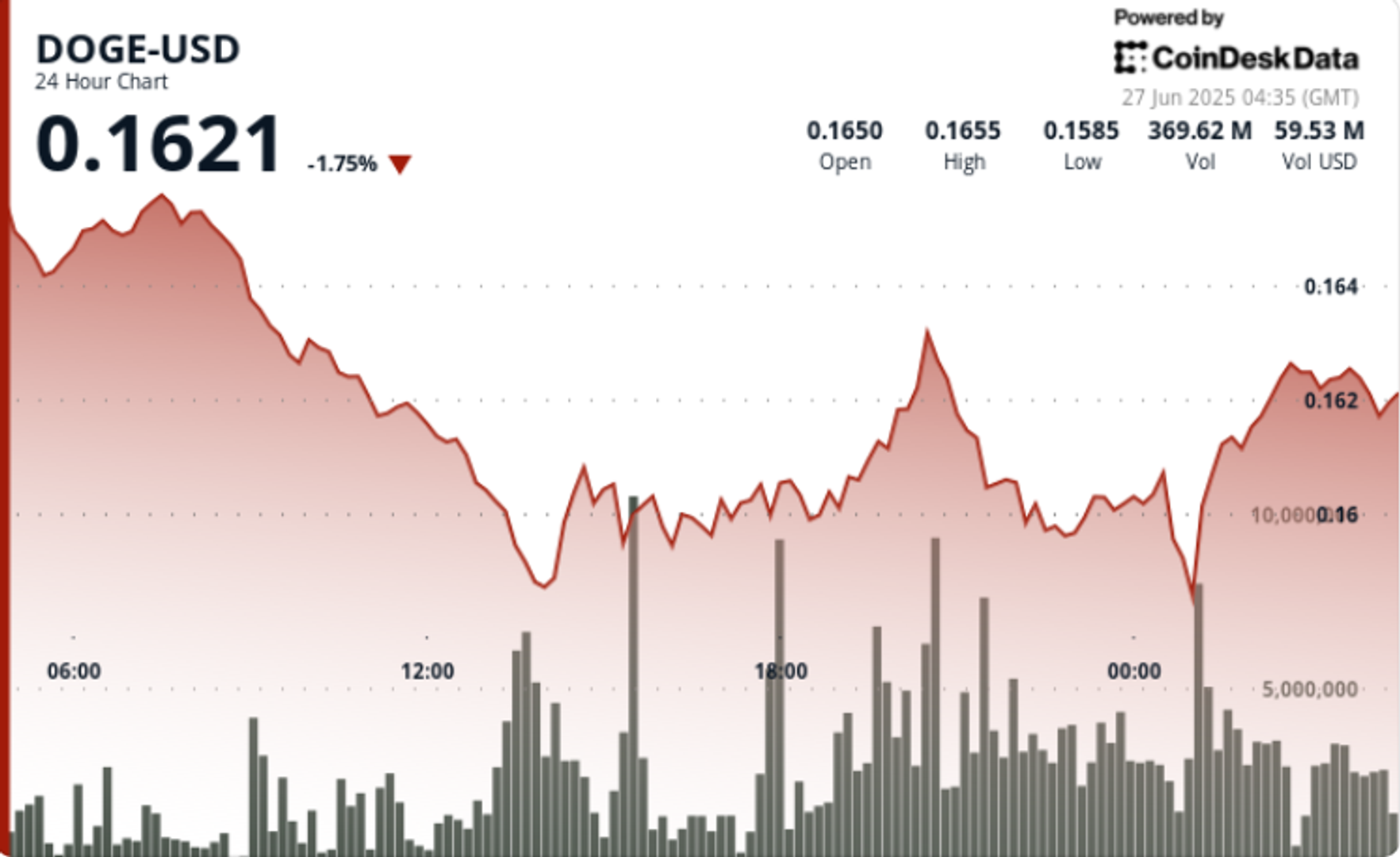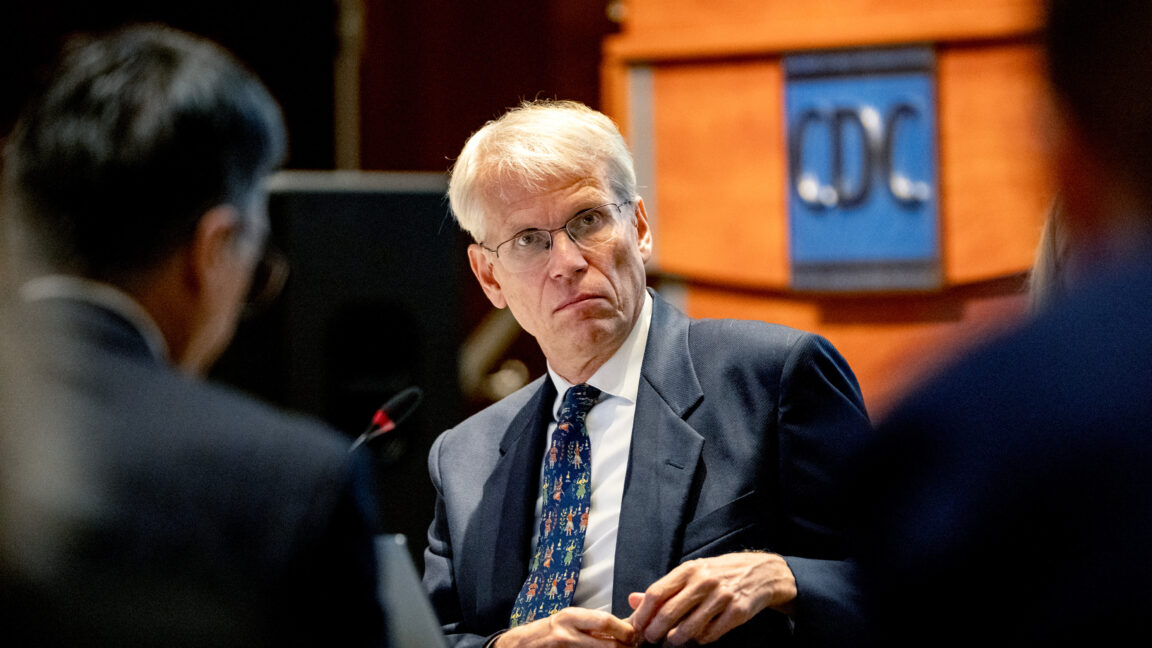'India’s smallest businesses are overlooked by policymakers': AIE chairman
At a fireside chat hosted during YourStory’s MSME 2025 event, AIE chairman Raghunathan KE highlighted the system's preference for scale over survival for India's micro-entrepreneurs.


At a fireside chat hosted during YourStory’s MSME 2025 event, Raghunathan K.E., Chairman of the Association of Indian Entrepreneurs (AIE), delivered a sobering message: India’s smallest businesses — often celebrated as the backbone of the economy — are being systematically overlooked by policymakers and left to navigate a regulatory maze that favors their larger counterparts.
The 40-year veteran entrepreneur, who has worked in solar manufacturing since 1984, said the definition of MSMEs in India has become so broad that it now lumps together a one-person micro-unit and a listed enterprise under the same policy framework.
“We have a man with Rs 2.5 crore in machinery competing against one with Rs 125 crore turnover — both are ‘MSMEs’ on paper,” he said. “It’s like asking someone on a cycle, someone walking, and someone in a lorry to drive on the same highway.”
One-size-fits-all, hurts all
India officially classifies MSMEs based on investment and turnover thresholds. But Raghunathan argued this approach is deeply flawed in practice. Nearly 99% of MSMEs are micro-enterprises — tiny, often informal outfits run by first-time entrepreneurs with little access to capital or institutional support. Yet they’re expected to comply with the same tax rates, compliance processes, and documentation burdens as larger, well-funded firms.
He cited the example of GST, where a small-scale producer and a multinational both pay 12% tax on goods sold. “Where’s the level playing field?” he asked.
The challenges don’t stop at tax. From ESI to PF notices, GST filings to bank documentation, compliance fatigue is a daily reality. “Ask any entrepreneur and you’ll find they’ve received at least one notice, and probably spent weeks running between consultants, not their business,” Raghunathan said.
Why "Ease of Closing" may matter more
India often touts improvements in its “ease of doing business” rankings. But Raghunathan warned that such metrics obscure a more urgent concern: the ease of exiting a business. Legacy manufacturers wanting to pivot say, from petrol auto parts to EV components find themselves trapped in outdated industrial licenses, sector-specific audits, and financial obligations tied to past activity.
“The idea that a 40-year-old business can’t reboot without bureaucratic resistance is anti-entrepreneurial,” he said. “We need to respect the right to reinvent.”
Raghunathan also challenged India’s startup fetish. “Even I, after 45 years, am a startup if I launch a new product today. The term should not be limited to the young or the techie.”
Raghunathan founded AIE to fill a vacuum he saw after leading larger industry bodies. While organizations like CII and FICCI cater to big industry, micro entrepreneurs were missing from the policymaking table. “They are patted on the back in speeches but don’t get a seat in the room,” he said.
AIE focuses on five priorities: helping entrepreneurs find collaborators and co-directors (a common hurdle for one-person companies), easing access to finance, advocating on behalf of those facing delayed payments or legal notices, conducting surveys to spotlight systemic gaps, and acting as a watchdog on flawed policy.
“We act as a devil’s advocate. We don’t celebrate everything the government does. We ask: who’s left out?”
A system that favors the strong
Beyond structural mismatches, Raghunathan flagged deeper inequities in how the financial system treats risk. Small borrowers face higher interest rates, slower approvals, and harsher recovery measures compared to corporates. “You can arm-twist a micro-entrepreneur with collateral. Try doing that with a listed firm,” he quipped.
He cited cases where micro-entrepreneurs were crippled by events beyond their control — floods, wars, even metro construction blocking access to shops for years — without receiving any policy cushion. “There’s no standard operating procedure. We talk about resilience, but we don’t insure the risk of the most vulnerable.”
The real backbone
Despite the rhetoric around “Atmanirbhar” India and the centrality of MSMEs, the ecosystem remains top-heavy, he said. Policies disproportionately benefit the well-networked. Entrepreneurs at the grassroots — those working seven days a week without insurance, social security, or paid leave, are simply trying to survive.
“They dedicate their lives without fixed earnings. They are answerable to everyone, protected by none.”
The Association of Indian Entrepreneurs is now pushing for more granular policymaking — by region, by sector, and by business model. “You can’t use the same yardstick for someone exporting metal parts and someone selling dosa batter in a Tier III town,” he said.
The message, delivered with unmistakable urgency, was clear: if India’s growth story is to be inclusive, its smallest builders can’t be left outside the door.
Edited by Jyoti Narayan













![What Is a Markup Language? [+ 7 Examples]](https://static.semrush.com/blog/uploads/media/82/c8/82c85ebca40c95d539cf4b766c9b98f8/markup-language-sm.png)










